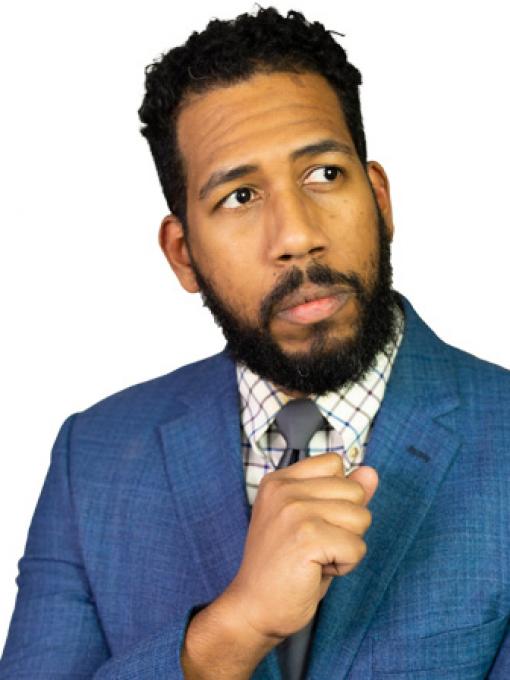To say the gun violence of the last few weeks has been devastating is a gross understatement. Faces of Black shoppers, Latino school children and their teachers, Asian-American churchgoers, and others have overwhelmed our newsfeeds. Some of their stories have made it to Congress and the White House in the pleas of survivors, parents, celebrities, and lawmakers to do something—anything—to stem the tide of gun violence in this country.
While these recent shootings have captured national attention, gun violence most commonly occurs in everyday communities between everyday people.
While these recent shootings have captured national attention, gun violence most commonly occurs in everyday communities between everyday people.
Yet we don’t hear it talked about as much because it is a systemic issue rooted in white supremacy with legs that extend beyond lawmakers’ appetite for change; its victims are mostly Black and brown people or live in impoverished neighborhoods. These communities are forced to function amid historical trauma, a lack of investment, and a barrage of other forms of racial and socioeconomic injustice.
It isn’t that one problem is worse than the other; a tragic loss of life is a tragic loss of life, but with a common denominator: guns.
Tragically, the loudest voices in the cacophony of those offering solutions to gun violence always seem to push investment in more guns or force, as opposed to mental health services, medical services, employment, and education. The problem becomes cyclical when illicit trades such as drugs are the only economic opportunities available to those facing a lack of education and jobs, while guns are easy to get.
Our country of 330 million people is awash with 400 million guns, and many lawmakers are beholden to the gun lobby. Some communities have taken the initiative to solve gun violence systematically through projects like violence interrupters programs. Expanding and providing more funds for these programs at the state and federal levels could systemically curb the growing gun violence in our communities.
Violence interrupters are trusted members of their communities who work to mentor, mediate conflict, teach nonviolent solutions, and advocate for peaceful alternatives. They sometimes respond to homicide scenes to help reduce the likelihood of violent responses from opposing members of the community. They are separate and apart from the local police.
If solutions to gun violence are the goal, lawmakers should expand funding for violence interruption programs.
For decades, cities across the United States have implemented programs like violence interrupters (though they vary in name). In December 2021, the U.S. Department of Justice announced $444 million in grants to support nationwide programs aimed at reducing violence—community-level programs like violence interrupters among them.
For FY2022, funding for a new effort was passed into law: the Community Violence Intervention program. This initiative provides $50 million for violence prevention initiatives from which cities can apply for grants.
Time and again, providing intra-community support to those vulnerable to participating in or falling victim to gun violence is shown to be effective. While it is difficult to quantify precisely how successful violence interruption programs are, cities such as Washington, D.C., Baltimore, Brooklyn, Chicago, Denver, Indianapolis, New York City, Knoxville, and Savannah have started or expanded these efforts. They are seeing gains.
If solutions to gun violence are the goal, lawmakers should expand funding for violence interruption programs. Congress must invest in interventions that we know work to make communities more peaceful, including dedicating additional funding for violence interrupters.


